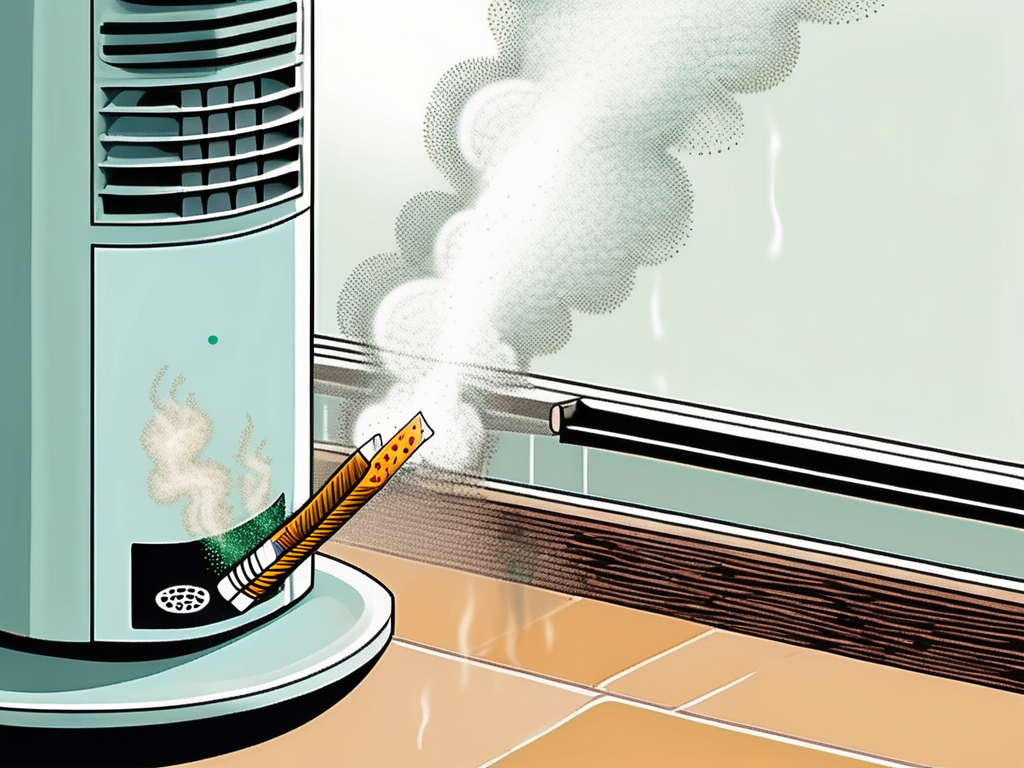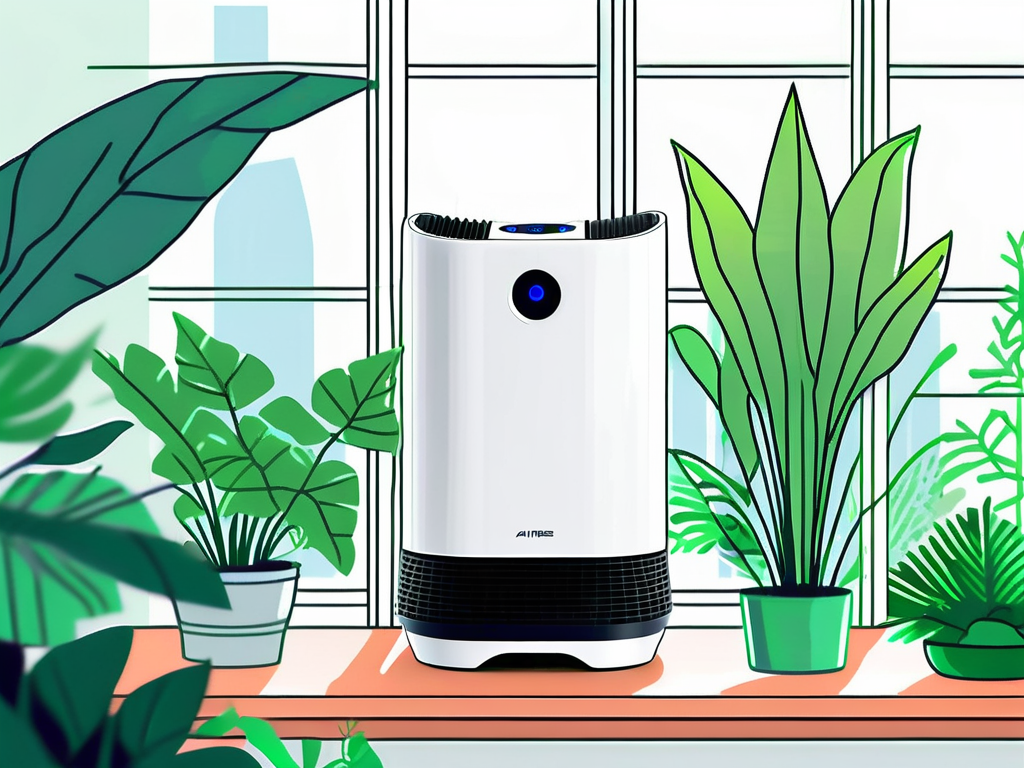Indoor air pollution is a significant concern that affects the health and well-being of individuals worldwide. It refers to the presence of certain pollutants in the indoor environment that can lead to a variety of health problems. These pollutants can be biological, chemical, or physical in nature and can originate from a variety of sources.
The quality of indoor air is determined by the concentration of these pollutants, the duration of exposure, and the individual’s health status. Poor indoor air quality can lead to a range of health issues, from minor irritations like headaches and allergies to serious conditions like asthma and lung cancer.
Types of Indoor Air Pollutants
Indoor air pollutants can be broadly classified into three categories: biological, chemical, and physical pollutants. Each of these categories includes a wide range of pollutants, each with its own sources, health effects, and control methods.

Understanding the types of indoor air pollutants is the first step towards improving indoor air quality. By identifying the sources of these pollutants, individuals can take steps to reduce their exposure and improve their indoor air quality.
Biological Pollutants
Biological pollutants include a wide range of living organisms or their byproducts. These include bacteria, viruses, fungi, molds, pollen, dust mites, and pet dander. These pollutants can cause a variety of health problems, including allergies, asthma, and infectious diseases.
Biological pollutants can originate from a variety of sources, including pets, plants, humans, and outdoor air. They can also grow in damp or humid conditions, such as in bathrooms or kitchens.
Chemical Pollutants
Chemical pollutants include a wide range of chemicals that can be found in the indoor environment. These include volatile organic compounds (VOCs), carbon monoxide, radon, lead, asbestos, and tobacco smoke. These pollutants can cause a variety of health problems, including headaches, dizziness, nausea, and in severe cases, cancer and death.
Chemical pollutants can originate from a variety of sources, including household products, building materials, and outdoor air. They can also be produced by certain activities, such as smoking or cooking.
Physical Pollutants
Physical pollutants include a wide range of particles that can be found in the indoor environment. These include dust, smoke, and particulate matter. These pollutants can cause a variety of health problems, including respiratory problems, heart disease, and cancer.
Physical pollutants can originate from a variety of sources, including outdoor air, human activities, and combustion processes. They can also be produced by certain activities, such as cooking or smoking.
Health Effects of Indoor Air Pollution
The health effects of indoor air pollution can vary widely, depending on the type of pollutant, the duration of exposure, and the individual’s health status. Some people may experience immediate symptoms, while others may not show symptoms for years or even decades after exposure.

Immediate symptoms of indoor air pollution can include irritation of the eyes, nose, and throat, headaches, dizziness, and fatigue. These symptoms usually occur shortly after exposure and can be easily mistaken for colds or other viral diseases.
Long-Term Health Effects
Long-term exposure to indoor air pollution can lead to serious health problems. These can include respiratory diseases, heart disease, and cancer. The risk of developing these diseases increases with the duration and intensity of exposure.
Children, the elderly, and individuals with pre-existing health conditions are particularly vulnerable to the health effects of indoor air pollution. These individuals may experience more severe symptoms and may be at a higher risk of developing chronic diseases.
Indoor Air Quality and Mental Health
Recent research has also linked poor indoor air quality to mental health issues. Exposure to certain indoor air pollutants, such as VOCs and particulate matter, has been associated with increased risk of depression, anxiety, and cognitive impairment.
Improving indoor air quality can therefore not only improve physical health, but also mental well-being. This highlights the importance of maintaining good indoor air quality in homes, schools, and workplaces.
Improving Indoor Air Quality
Improving indoor air quality involves reducing the sources of pollutants, increasing ventilation, and using air cleaning devices. These strategies can help to reduce the concentration of indoor air pollutants and improve the overall quality of indoor air.

It is important to note that improving indoor air quality requires a comprehensive approach. Simply addressing one source of pollution or using one method of control may not be sufficient to significantly improve indoor air quality.
Reducing Sources of Pollutants
The most effective way to improve indoor air quality is to reduce or eliminate the sources of pollutants. This can involve using less toxic products, maintaining appliances properly, and controlling moisture to prevent mold growth.
For example, choosing household products that are free of VOCs, properly venting appliances that produce combustion gases, and using a dehumidifier in damp areas can significantly reduce the levels of indoor air pollutants.
Increasing Ventilation
Increasing ventilation can also improve indoor air quality by bringing in fresh outdoor air and diluting the concentration of indoor air pollutants. This can be achieved by opening windows, using exhaust fans, and using mechanical ventilation systems.
However, it is important to note that increasing ventilation may not be effective if the outdoor air quality is poor. In such cases, it may be necessary to use air cleaning devices to remove pollutants from the indoor air.
Using Air Cleaning Devices
Air cleaning devices, such as air purifiers and filters, can help to remove pollutants from the indoor air. These devices can be particularly effective in removing particulate matter and allergens, such as dust and pollen.
However, it is important to note that air cleaning devices are not effective in removing all types of pollutants. For example, they may not be effective in removing gases and odors. Therefore, they should be used in conjunction with other strategies to improve indoor air quality.
Conclusion
Indoor air pollution is a significant concern that affects the health and well-being of individuals worldwide. By understanding the types of indoor air pollutants and their health effects, individuals can take steps to improve their indoor air quality and protect their health.
Improving indoor air quality requires a comprehensive approach, including reducing the sources of pollutants, increasing ventilation, and using air cleaning devices. By implementing these strategies, individuals can significantly improve the quality of their indoor air and reduce their risk of health problems associated with indoor air pollution.



